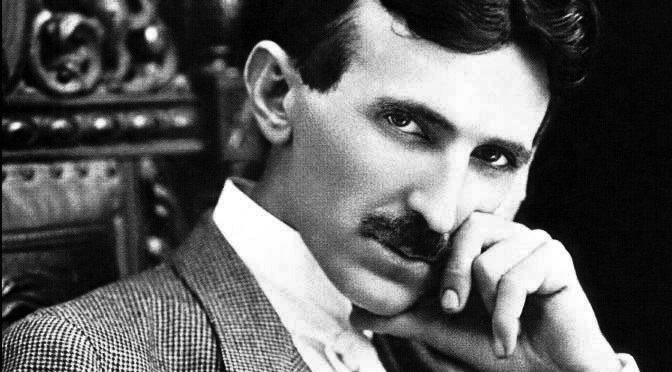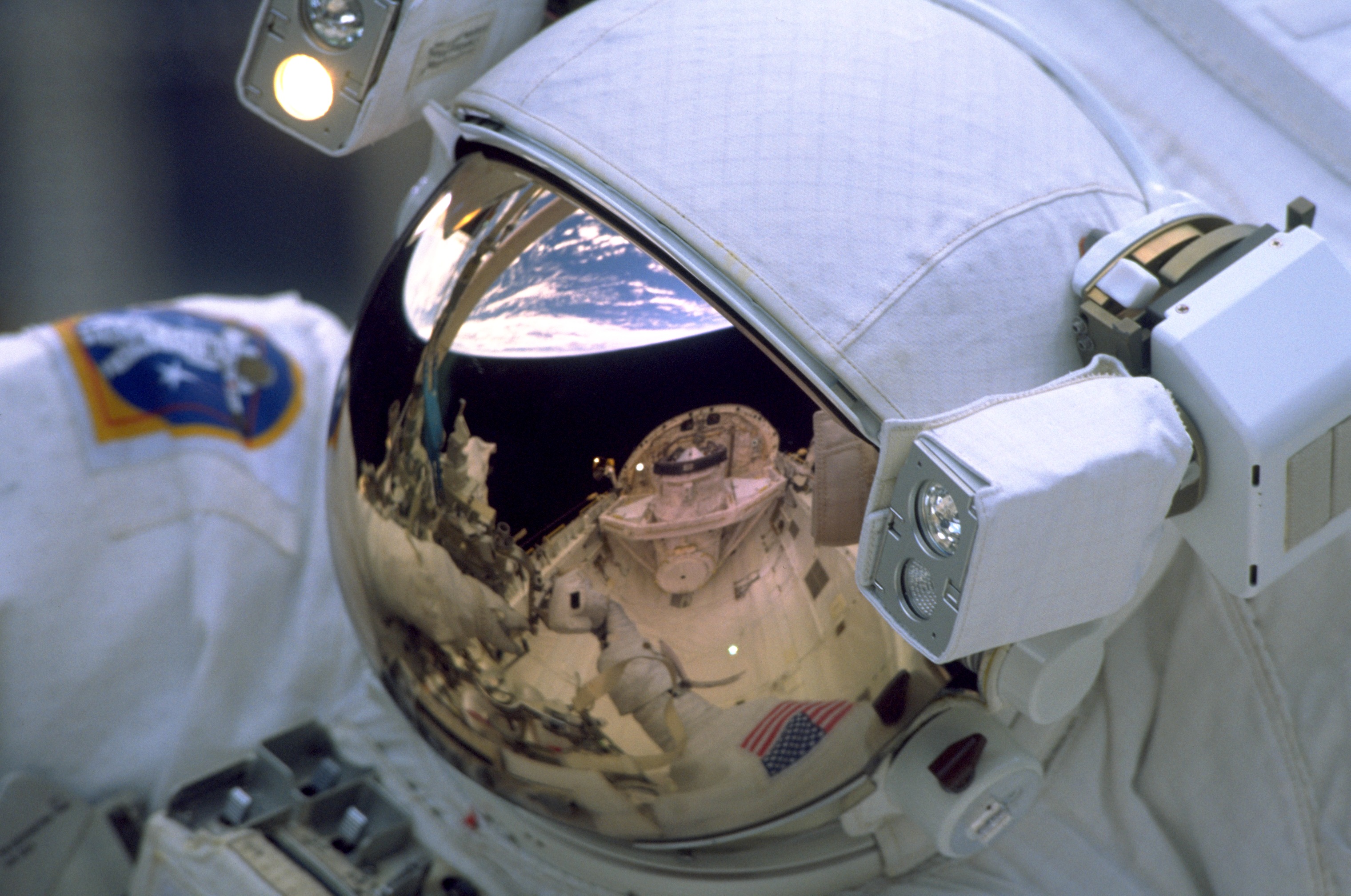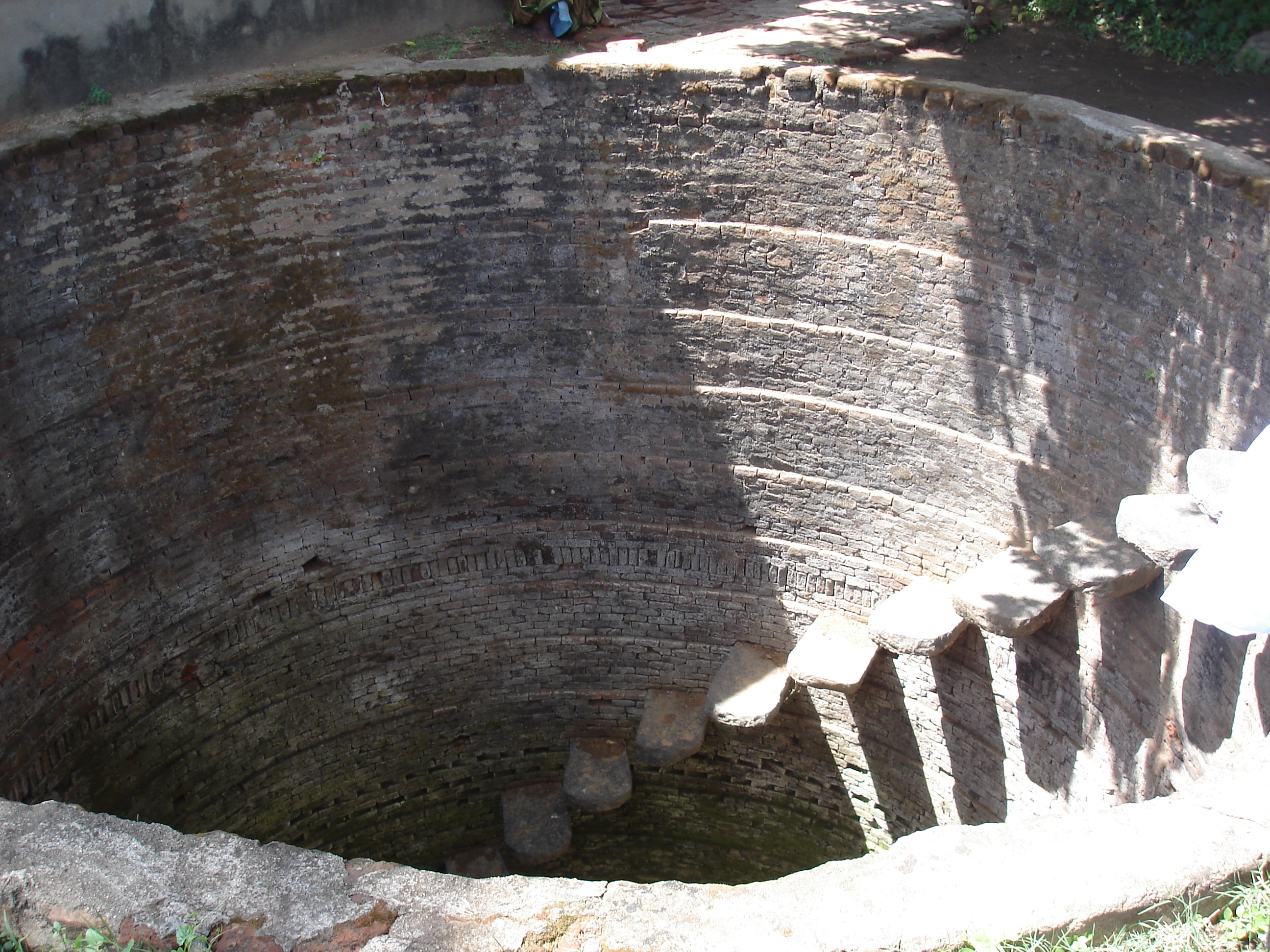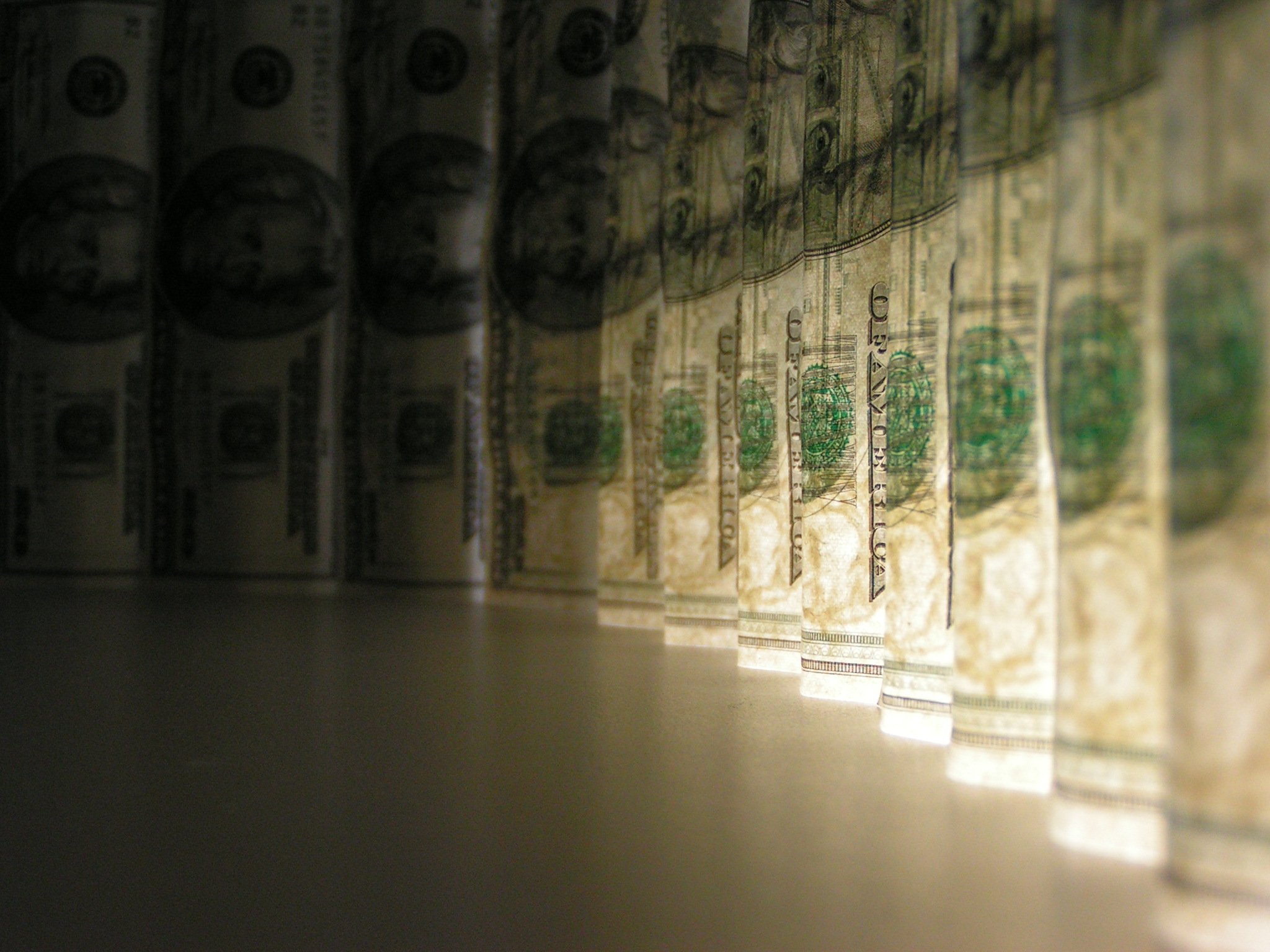Thomas Edison has long enjoyed the incandescent light of public admiration and textbook domination while Nikola Tesla, the scientist and inventor who pioneered the alternating current that truly powers the modern world, has unjustly languished as a footnote in scientific history. Farsighted, quirky, driven and brilliant, Tesla frequently leapfrogged ahead of his contemporaries to the next step, and the next.
Over the course of his long career, Tesla registered over 111 American patents and around 300 patents worldwide, including radio and alternating current. He designed the Niagara Falls power station that provided electricity to most of the northeastern United States. But his loyalty to his first loves, science and progress, cost him his fame, his fortune and, some argue, his sanity. These are just a few of the …




